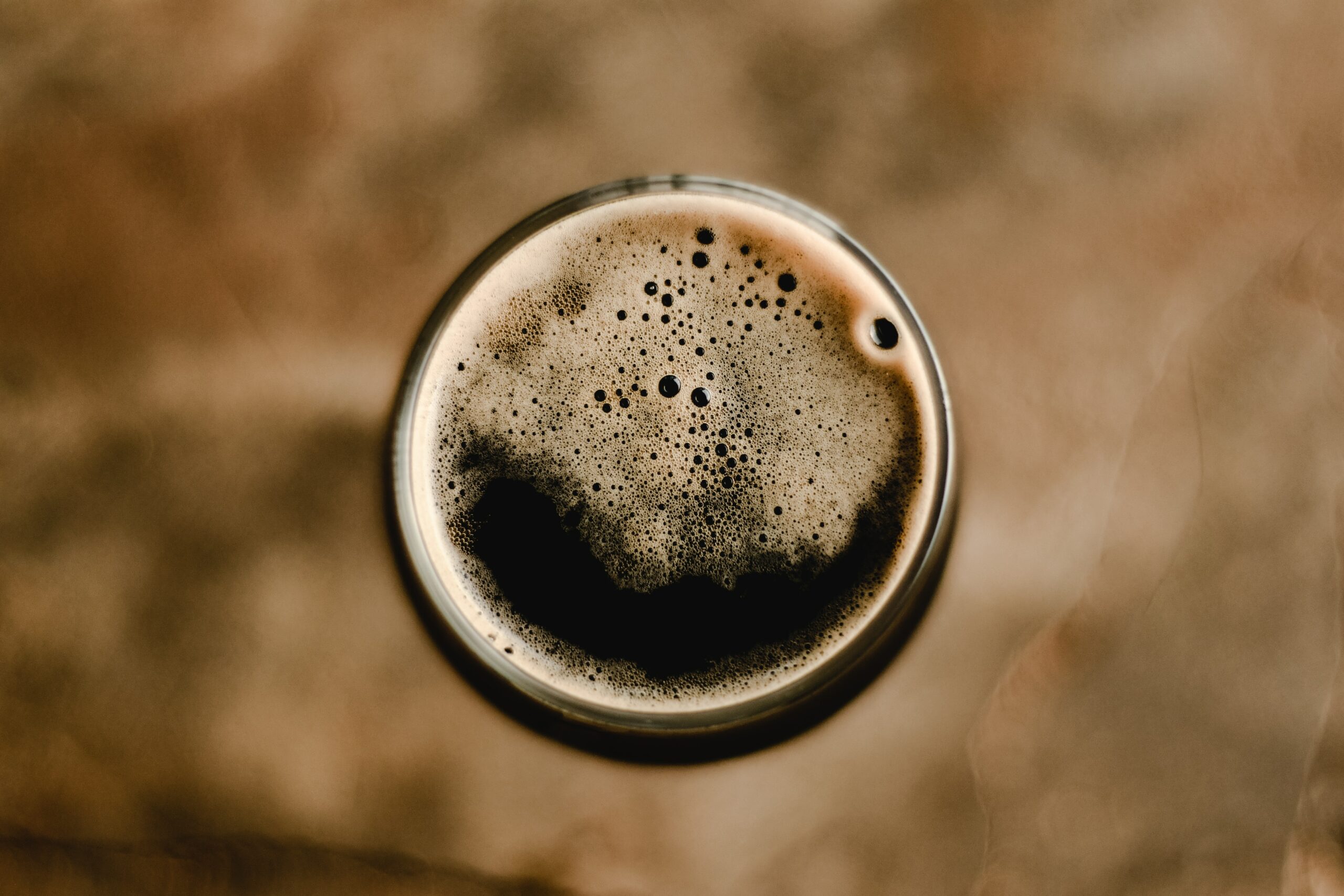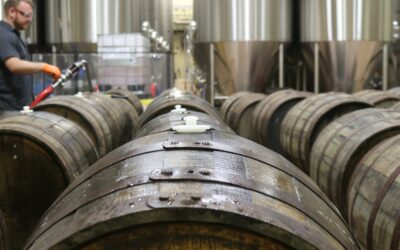Porter was brewing’s first rock star beer style. Emerging in London in the 1720s, the popularity of this dark, roasted ale transformed the nature of commercial brewing from a trade into an industry. By 1800 it had taken on multiple forms, many of which were strong (or ‘stout’), and was being exported around the globe.
Experts differ about whether there are, or should be, any definable differences between a porter and a stout. The latter word had been used in brewing for many years to mean a stronger beer, but by 1750 had become synonymous with stronger porters. From about 1800, brewing records on mainland Britain show that beers branded stout and porter were indistinguishable from each other by recipe or brewing method. In Ireland and elsewhere, however, they continued to be used separately for different styles, though these differences were not consistent.
Porters had disappeared from the British mainland by the early 1960s and porter brewing in Ireland ceased on 30 April 1973. The Steam Anchor brewery in San Francisco started brewing one in 1972, and by 1978 a porter was found in the UK. Conventions invented since that time cite it as tending to be somewhat lighter in alcohol and in colour than stour, often with more of an ale-like fruitiness. Stout, in turn, more often features roasted barley, though outside of Ireland historical precedent for this is sparse.
One sub-style we have refused to list here, other than as a warning, is Oyster Stout. Different stories about its origins have it as a 20th century brew designed for pairing with freshly shucked oysters; a beer of Victorian origin rendered dry by filtering through crushed discarded oyster shells; or an inspired hoax from New Zealand in the 1920s that had it brewed with shellfish as an ingredient. Whether it should be sweet or dry depends on your preferred truth.
No Results Found
The page you requested could not be found. Try refining your search, or use the navigation above to locate the post.




